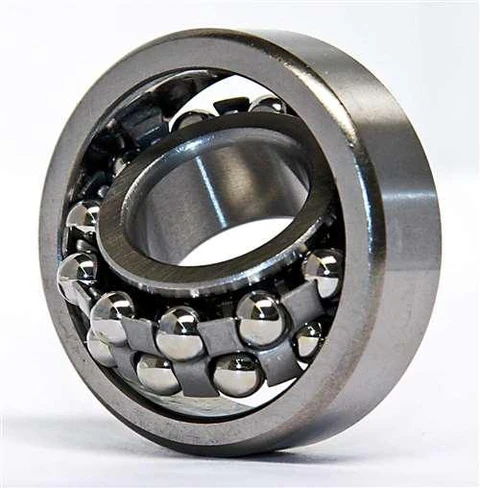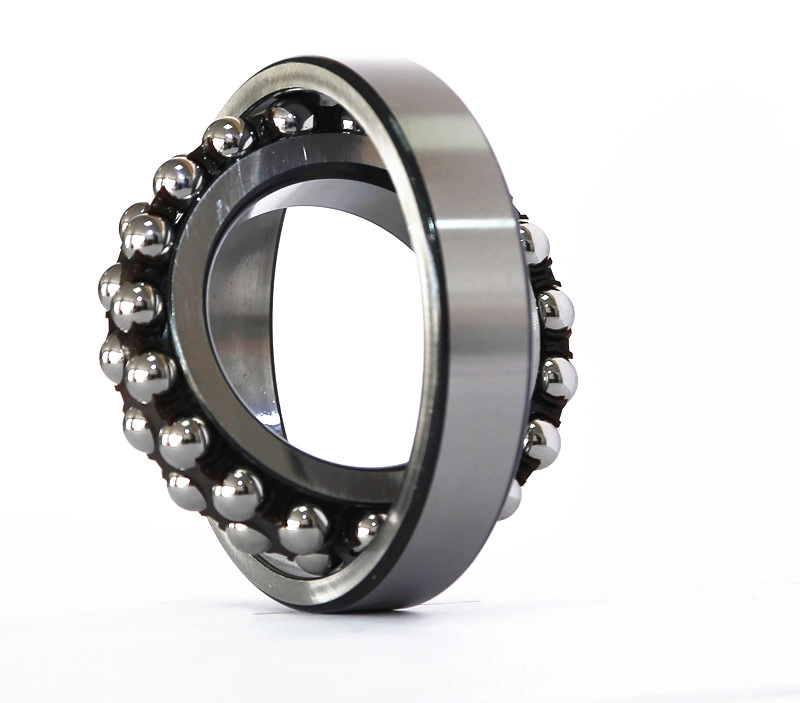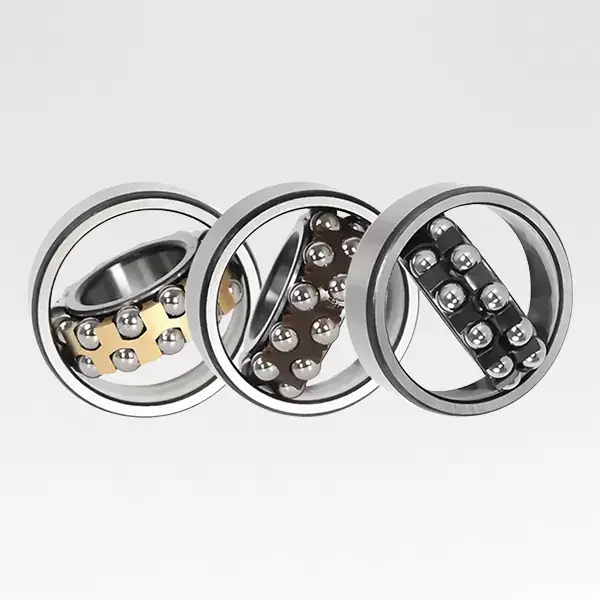Newsroom
Main Applications and Authenticity Identification of Self-Aligning Ball Bearings
Self-aligning ball bearings are suitable for withstanding heavy loads and impact loads. They are widely used in precision instruments, low-noise motors, automobiles, motorcycles, metallurgy, rolling mills, mining, petroleum, papermaking, cement, sugar pressing and other industries, as well as general machinery. They are one of the most widely used types of bearings in the machinery industry.
Authenticity Identification of Self-Aligning Ball Bearings:
1. Clarity of Stamped Characters
Every bearing product will have its brand name, model number, etc., stamped on the bearing body. Although the characters are very small, products produced by regular manufacturers use stamping technology for lettering, and the stamping is done before heat treatment. Therefore, even though the characters are small, they are deeply indented and very clear. In contrast, the characters on counterfeit products are usually blurred. Due to the rough stamping technology, the characters are only on the surface; in some cases, they can even be easily wiped off by hand, or there are obvious manual traces. 
2. Presence of Abnormal Noise
Hold the inner ring of the Self-Aligning ball bearing with your left hand, and gently move the outer ring back and forth with your right hand to make it rotate. Listen for any abnormal noise during the bearing's operation. Most counterfeit products are produced under backward conditions, using a completely manual workshop-style operation. During the production process, impurities such as dust and sand will inevitably be mixed into the bearing body. As a result, abnormal noise will occur or the rotation will be unsmooth when the bearing is running. This is a key point to judge whether the product is a branded one from a regular manufacturer with strict production standards and mechanical operation.
3. Presence of Cloudy Oil Stains on the Surface
When purchasing imported Self-Aligning ball bearings, special attention should be paid to whether there are cloudy oil stains on the surface. Due to the certain gap between domestic anti-rust technology and that of advanced manufacturing countries abroad, a thick layer of oil stains is easily left when anti-rust treatment is applied to the bearing body. When touched by hand, it feels sticky. However, almost no traces of anti-rust oil can be seen on the original imported bearings from abroad. 
4. Uniformity of Chamfers
The so-called chamfer of a Self-Aligning ball bearing refers to the junction between the horizontal and vertical surfaces. Due to the limitations of production technology, counterfeit bearing products are not well-processed at these edge and corner parts, which can be easily identified.
5. Self-aligning ball bearings Packaging
The packaging of bearings includes inner packaging and outer packaging. After the bearings are manufactured and inspected to be qualified, they undergo cleaning and anti-rust treatment, and then are placed in the inner packaging. The purpose of this is to achieve waterproofing, moisture-proofing, dust-proofing, shock-proofing, maintain the quality and precision of the bearings, and facilitate use and sales.

According to the anti-rust period, the inner packaging of bearings is divided into three categories:
Short anti-rust period packaging: The anti-rust period is 3 to 6 months. Bearings that are used in large quantities within a short period usually adopt this type of anti-rust packaging. It follows the principle of convenience for use and uses simple packaging.
General anti-rust period packaging: The anti-rust period is one year, which is suitable for bearings for general purposes.
Long anti-rust period packaging: The anti-rust period is two years, which is suitable for special-purpose and precision bearings.


